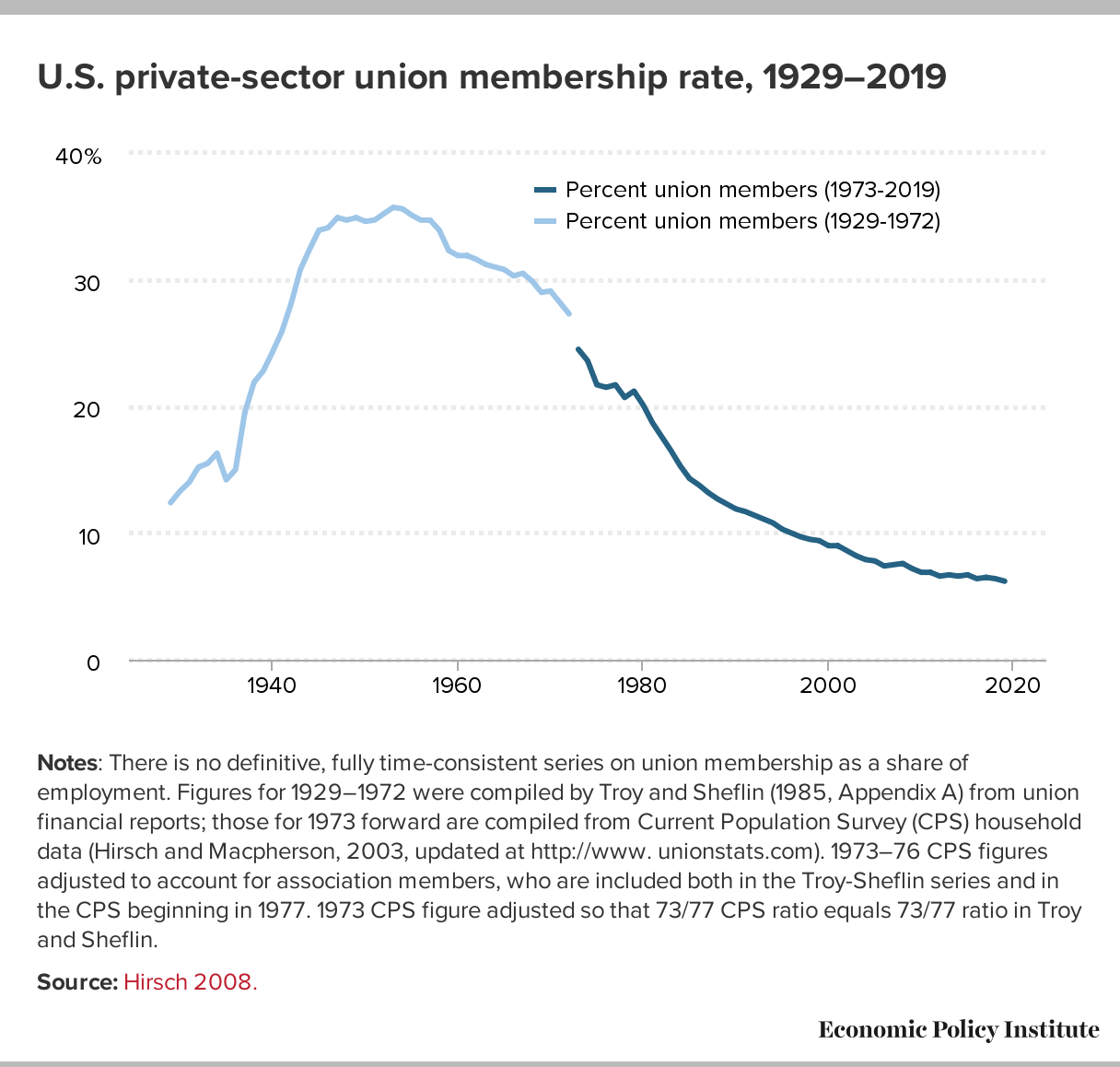


It’s Complicated
And then some
Sometimes you read that about relationships. Right now it applies to the relationship all of us have with the economy.
This headline from The Washington Post seemed to sum it up: “Pick your economy: Booming labor market or fizzling growth”
Yes
It’s hard to wrap your head around economic conditions that are so seldom seen in tandem.
The backdrop for the recent wage increases is very complicated, which is frustrating because everyone would like a very simple answer, and even easier solutions.
A recent paper from The Hamilton Project examines where all the workers have gone. In the most simplistic of summaries:
- • The U.S. Labor Force is down between 3 to 3.5 million people from what was expected
- • Over 250,000 pandemic-related deaths were those aged between 18 and 64
- • Government policies have limited immigration
- • The child-care crisis worsened during Covid and has diminished women’s labor force participation
Before panic sets in about a recession, perhaps look for opportunity? If other companies are laying off, it could be for a host of reasons that has nothing to do with your organization. External economic pressures can expose internal flaws in firms. Maybe they’ve just laid off someone with that specific skill set that you haven’t been able to find?
Remember, there are still approximately two job openings for every available person, which gives people the confidence to leave jobs. As the Atlanta Fed’s chart shows us monthly, the job switchers make more than the job stayers.

Everything you needed to know about Project Management …
… you probably learned while riding on a one speed bike without hand brakes.
Well, just about everything.
Recently I was transported back to my childhood while riding on a bike that lacked handbrakes and multiple speeds. It took a couple of minutes to remember that stopping required pedaling backwards, but after that initial awkwardness I was amazed at all that immediately came back.
So many actions were instinctual:
1. A slight elevation ahead and automatically your body was standing atop those pedals to build momentum.
2. A blind curve ahead? Pedal backwards, slow down, and gain control of the bike.
3. A sharp curve? Swing out and use much space as possible on the outer part of the path to get as much room as possible to not wipeout.
4. Crossing over a narrow bridge? Too risky to be peddling away – build momentum ahead of time to coast so that the required control and narrow body could be maintained. The same principle applied if someone was approaching on the slim path.
5. Most importantly, a key lesson instantly came back: breathe through your nose and keep that mouth shut so that you don’t swallow a bug!
As this biking transported me back to my childhood, it dawned on me that all the skills that returned had taught me some of the most important principles of project management over four decades ago.
1. Look like there is a mountain of work ahead? It’s too late to peddle fast once you’re on that slope, you must start peddling harder before you reach the beginning of the incline. You must anticipate the elevation and work harder when it’s actually still manageable.
2. Not sure of what’s ahead around the blind corner? Better slow down until you have more information.
3. Figure out ways to avert disaster.
4. Think that you’re coming up to a sticky or tricky patch? Come across someone you’ve never worked with before? This is not a place to have your knees and arms waving about wildly. You want to glide through this area with as much elegance and ease as possible.
5. There are many times in business settings it’s better to keep your mouth shut.
Once you’ve navigated over a route a few times, it’s amazing how quickly your mind remembers the tricks to anticipate how best to traverse the terrain. The efficiencies accumulate.
Then when you can coast for those few moments, you feel the breeze, cool off, take some deep breaths, and survey the ground you’ve covered. You’re still working but at a pace that allows you to recover so that you can tackle the next obstacle with even more assurance and skill.

New Trend? Old Trend.
When this headline appeared … what came to your mind?
If you’re from Pennsylvania, did you think of Hershey?
If you’re from Chicago, did you think of Pullman?
Some might have some less-than-charitable thoughts about company housing.
If you are a fan of Cadbury’s chocolate, you might know all about the sweet village that the company constructed for their workers in Bournville, England (which inspired Hershey). One of Unilever’s predecessors, Lever Brothers, also had a stellar community built for their workers called Port Sunlight.
It seems to be a toss-up to determine where the first company-sponsored housing was built: Quarry Bank Mill (near today’s Manchester airport) or New Lanark in Scotland, were both founded in 1784 and both provided housing and better nutrition than was the norm at the time. The cottages pictured were built in 1824 as housing for the Quarry Bank Mill near Manchester.
Seems the owner of New Lanark might have devised the original economic development deal as well. The owner lured a boat load, literally, of people that had been emigrating to North Carolina when their boat crashed. Stay here, and I’ll give you a job AND housing.
Seems some things never change …

COLA
There’s a word that compensation consultants of a more recent era have shunned for at least two decades: COLA
And not in favor of the unCola – in favor of NO COLA.
In fact, the consultants at CHRC have spent a fair amount of time explaining the differences between
Merit Budgets
and
COLA – Cost of Living Adjustments
Until their faces turn an unattractive shade of blue.
The phrase that gets economists animated is “wage-price spiral” … and many are turning an unattractive shade of red believing that the current wage increases are going to take the U.S. to the kind of wage-price spiral that the U.S. economy experienced in the 1970s.
So much to our delight, last week Mitchell Hartman on Marketplace did a story that featured the COLA that we don’t like to imbibe. More importantly, in addition to economists that are convinced we are headed for the spiral, he featured two that pointed out key distinctions of what separates the current situation from that in the 1970s.
Ross Mayfield of Baird points out that unlike the 1970s, the worker’s demands aren’t driving inflation, supply constraints caused by the war in Ukraine and Covid are. Economist Joe Brusuelas underscores the statistic that undergirds Mr. Mayfield’s point:
“At that time, labor unions represented approximately 1 in 4 American workers.”
Why were those COLAs so worrisome? They were built right into those union contracts for years at a time, regardless of market conditions. That was a very large factor in the wage-price spiral
How many Americans belong to a union right now?

